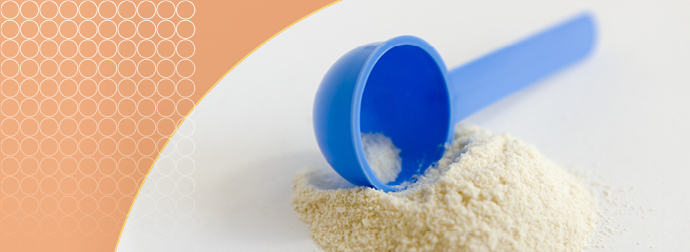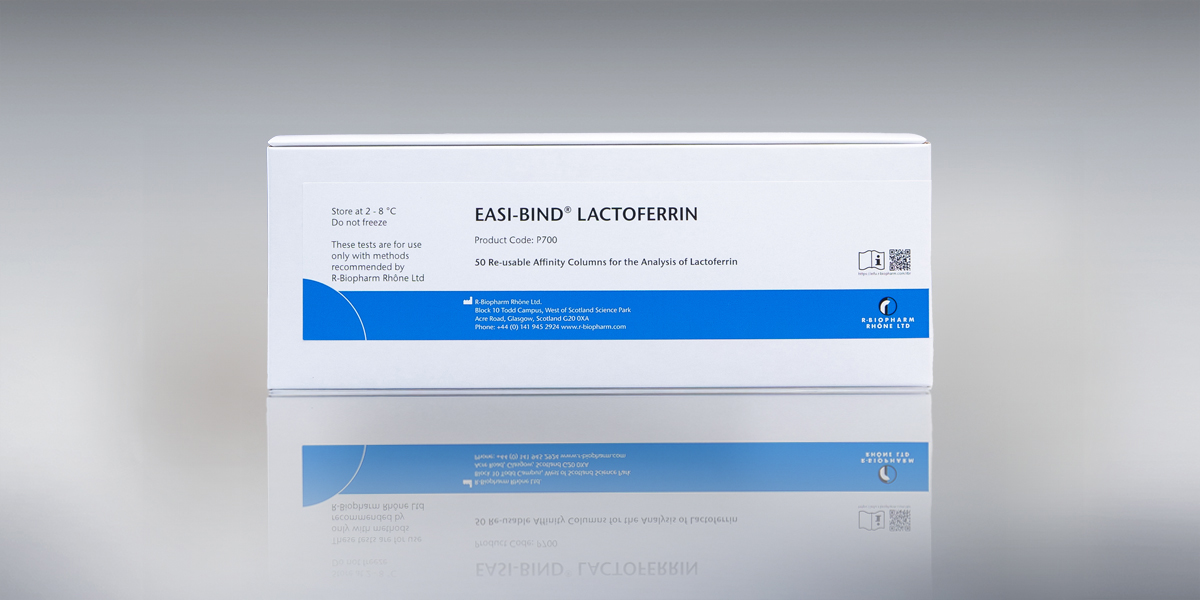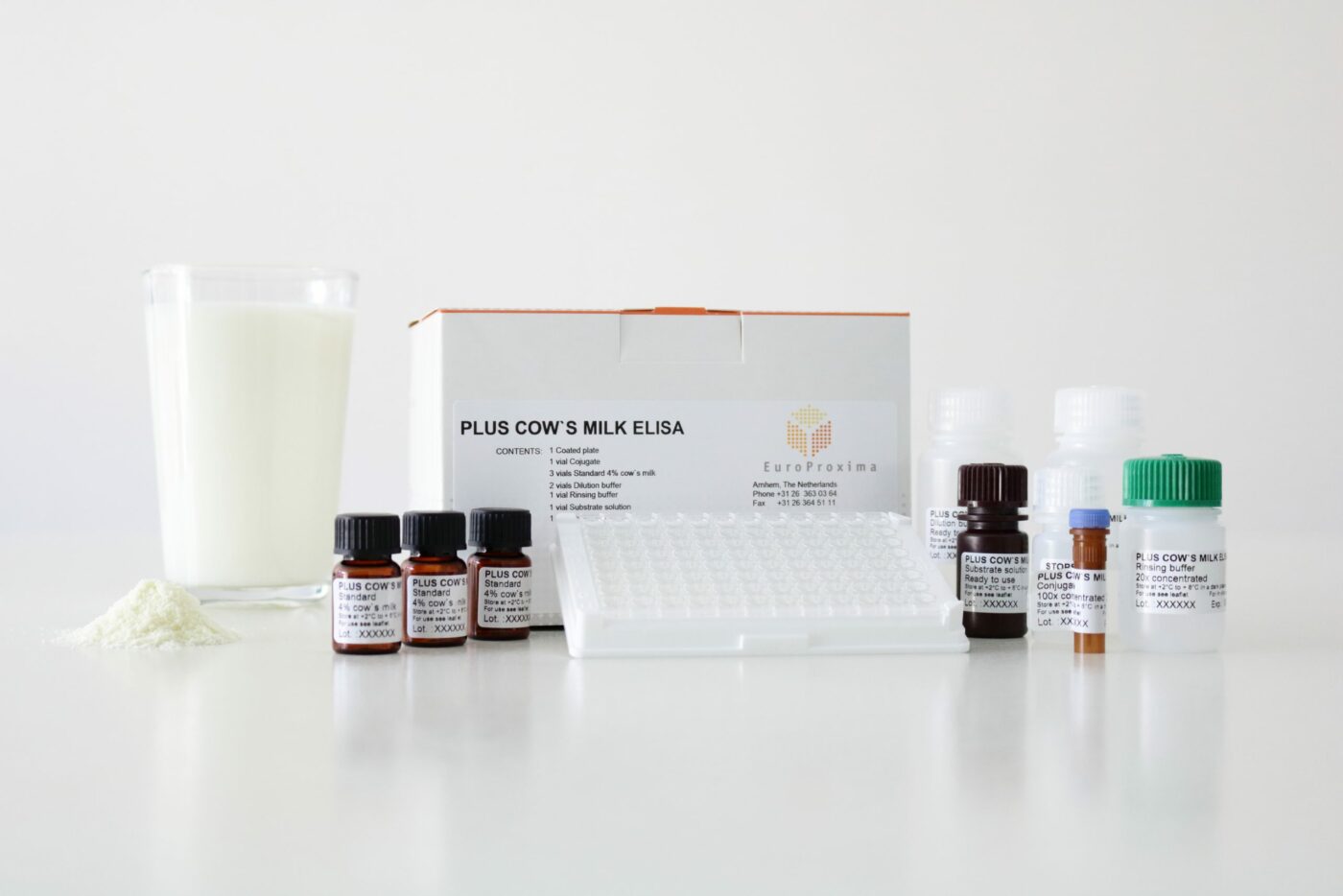
Recent news in Food & Feed Analysis
- Home
- /
- Detecting milk fraud
Detecting milk fraud

Goat’s milk and sheep’s milk are increasingly popular alternatives to cow’s milk. However, consumers do not always get what they pay for. Adulteration with cow’s milk – intentional or unintentional – is not uncommon.
Whether fish, meat, olive oil or honey: food fraud can occur with many products. The dairy industry is also severely affected. Since products made from goat’s milk or sheep’s milk are very expensive, adulteration with the much cheaper cow’s milk can be lucrative. For consumers, this deception is usually impossible to recognize. In addition to this deliberate adulteration, cow’s milk can also get into goat’s milk or sheep’s milk accidentally, for example through contamination during production or transport. To verify the authenticity of the products, appropriate analyses are important.
The new competitive ELISA test “EuroProxima Plus Cow’s Milk” (Art. No. 5171MILK) is suitable for the detection of cow’s milk in milk from other animals. Due to the antibody used, the test can be used in raw milk as well as in heat-treated milk and milk powder. It is therefore suitable for quality control of incoming goods (e.g. to detect residues of cow’s milk in goat’s milk before a batch is processed further) as well as for quality control of the final product (e.g. to detect cross-contamination of goat’s milk powder with cow’s milk powder). The enzyme immunoassay is validated for different matrices from the dairy industry and has an incubation time of only 45 minutes. The quantitative results are expressed as percentage of cow’s milk in the sample. The following table shows the limit of detection and the detection capability of the test kit:
| Application | Limit of detection (LOD) (% of cow’s milk) | Detection capability (CCβ) (% of cow’s milk) |
|---|---|---|
| Detection of cow’s liquid milk in goat’s/sheep’s liquid milk (v/v) | 0.2 | 0.5 |
| Detection of cow’s milk powder in goat’s/sheep’s milk powder (w/w) | 0.2 | 0.5 |
| Detection of cow’s colostrum powder in goat’s whey powder (w/w) | 0.2 | 0.5 |



